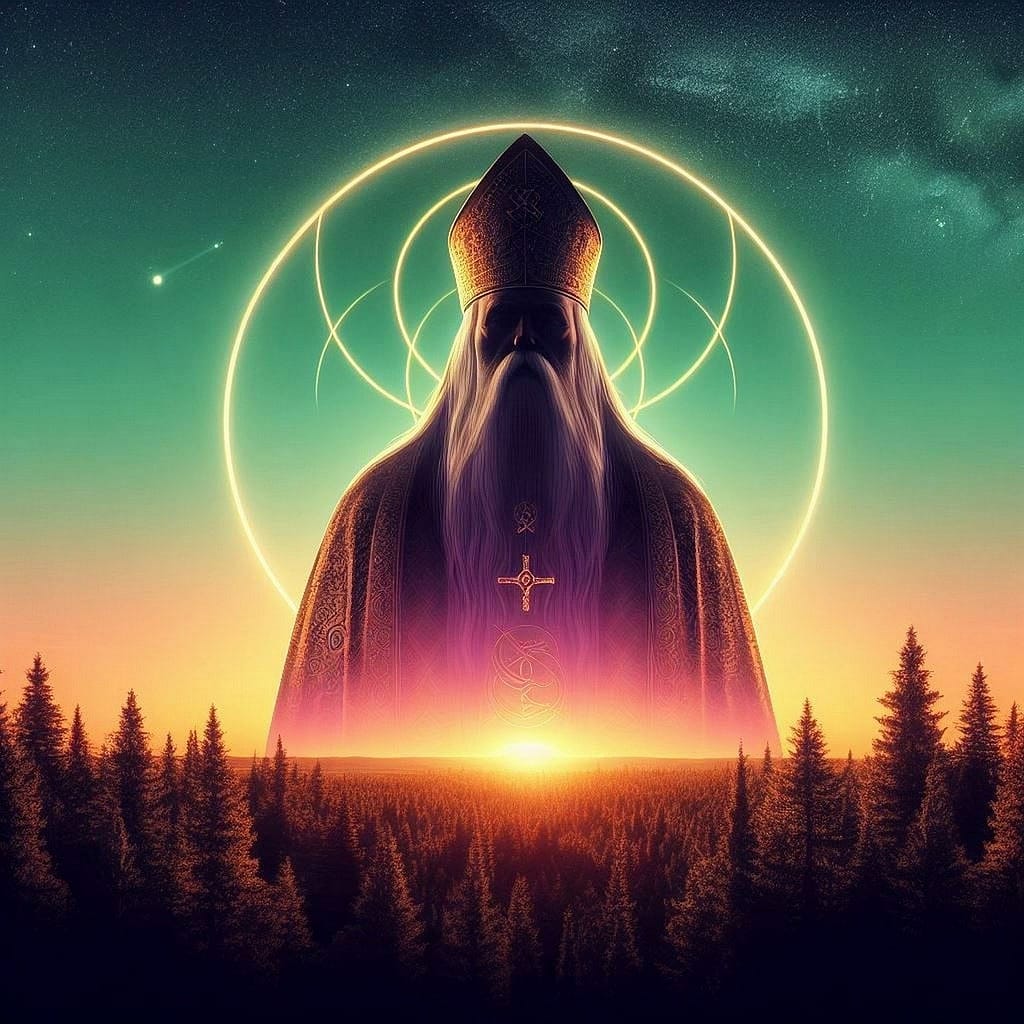Comparing Christianity and Catholicism: Highlighting 20 Key Differences
In the dialogue between Jesus and Nicodemus in John 3, Jesus emphasized the necessity of being “born again” through water and the Spirit, which many interpret as requiring water baptism by immersion, personal repentance, and confession of faith. The Catholic Church, with its rich traditions and rituals, differs in several aspects from this interpretation. Here are 20 points highlighting the contrasts between mainstream Protestant Christianity and Catholicism based on their practices and beliefs:
1. Baptism:
- Protestant Christianity: Typically practices believer’s baptism by total immersion after a personal profession of faith.
- Catholicism: This religion practices infant baptism, often involving sprinkling or pouring water, and believes that it initiates the child into the Christian faith.
2. Salvation:
- Protestant Christianity: Emphasizes salvation by faith alone (sola fide), where faith in Jesus Christ alone grants salvation.
- Catholicism teaches that salvation involves faith, good works, and participation in the sacraments.
3. Authority:
- Protestant Christianity: Sola Scriptura, meaning Scripture alone, is the ultimate authority.
- Catholicism: Holds that Scripture and Sacred Tradition, as interpreted by the Church’s Magisterium, are authoritative.
4. Intercession:
- Protestant Christianity: Believes in direct prayer to God through Jesus Christ, the sole mediator.
- Catholicism: Practices intercessory prayers to saints and Mary, asking them to intercede with God on their behalf.
5. The Eucharist:
- Protestant Christianity: Often views communion as a symbolic act of remembrance of Christ’s sacrifice.
- Catholicism: Believes in transubstantiation, where the bread and wine become the actual body and blood of Christ.
6. Confession of Sins:
- Protestant Christianity: Encourages direct confession to God.
- Catholicism: Requires confession to a priest for absolution as part of the sacrament of reconciliation.
7. Clergy:
- Protestant Christianity: Generally allows clergy to marry and does not require celibacy.
- Catholicism: Mandates celibacy for priests within the Latin Rite.
8. Mary’s Role:
- Protestant Christianity: Honors Mary as the mother of Jesus but does not venerate her.
- Catholicism: Venerates Mary, considering her the Mother of God and Queen of Heaven, and teaches doctrines such as the Immaculate Conception and Assumption.
9. Saints:
- Protestant Christianity Regards all believers as saints.
- Catholicism: Canonizes specific individuals as saints, who are then venerated and invoked in prayer.
10. The Pope:
- Protestant Christianity: Rejects the authority of the Pope, emphasizing Christ as the head of the Church.
- Catholicism: Recognizes the Pope as the supreme earthly authority of the Church and the successor of Saint Peter.
11. Sacraments:
- Protestant Christianity: Generally recognizes two sacraments: baptism and communion.
- Catholicism: Recognizes seven sacraments, including baptism, Eucharist, Confirmation, reconciliation, anointing of the sick, holy orders, and matrimony.
12. Purgatory:
- Protestant Christianity: Rejects the concept of purgatory.
- Catholicism: Teaches that purgatory is a place of purification for souls before they enter Heaven.
13. Icons and Relics:
- Protestant Christianity: Typically avoids using icons and relics in worship, viewing them as potential idolatry.
- Catholicism: Uses icons, statues, and relics as aids in prayer and adoration.
14. Worship Practices:
- Protestant Christianity: Emphasizes preaching and personal Bible study.
- Catholicism: Places a strong emphasis on the liturgy and sacraments within the Mass.
15. The Nature of the Church:
- Protestant Christianity: Views the Church as the body of all believers, emphasizing a personal relationship with Christ.
- Catholicism: Sees the Catholic Church as the one true Church established by Christ, with a hierarchical structure.
16. Liturgy:
- Protestant Christianity: Worship services vary widely but often feature contemporary music and a sermon.
- Catholicism: Follows a structured liturgical format with set prayers, readings, and rituals.
17. Religious Titles:
- Protestant Christianity: Uses titles such as pastor, minister, or reverend.
- Catholicism: Uses titles like Pope, Cardinal, Bishop, and Priest.
18. Canon of Scripture:
- Protestant Christianity: Uses a 66-book canon of the Bible.
- Catholicism: Includes additional books in the Old Testament, known as the Deuterocanonical books.
19. Holy Days:
- Protestant Christianity: Observes major Christian holidays like Christmas and Easter, but often with fewer additional holy days.
- Catholicism: It observes a detailed liturgical calendar with numerous feast days, solemnities, and seasons, such as Advent and Lent.
20. The Role of Tradition:
- Protestant Christianity minimizes the role of tradition, focusing on the authority of the Bible.
- Catholicism: Holds that Sacred tradition and Scripture are essential to the faith.
These points illustrate the significant differences between Protestant Christianity and Catholicism in their understanding and practice of faith.
It is easy for anyone to note that the Catholic religion differs fundamentally from Christianity and mainly from Protestantism, hence the label of false religion.
The rejection of the true gospel of Jesus Christ by the Catholic religion unequivocally designates it as a false faith. The 20 points above prove that Catholics are not born again and, therefore, cannot enter Heaven.
The Catholic faith does not include the practice of water baptism through total immersion, which is an essential requirement for going to Heaven through a relationship with Jesus Christ and the forgiveness of sins.
If you are a Catholic reading this message, consider turning to Christ and moving away from Satanic rituals practiced by the Catholic Church, which have led many to hell due to a lack of knowledge and understanding.



